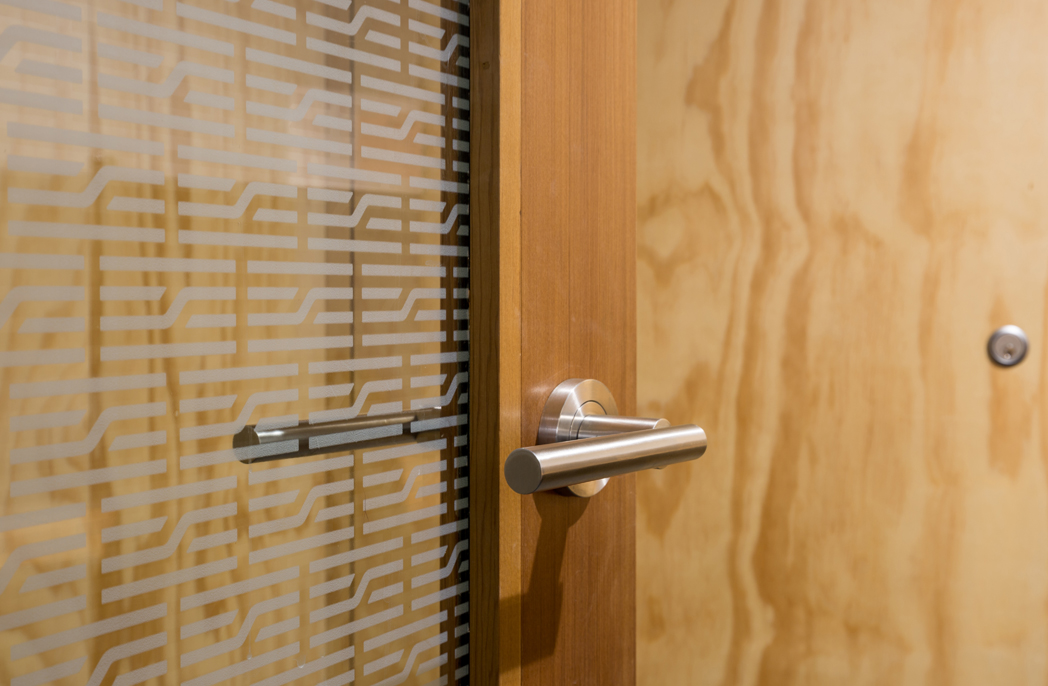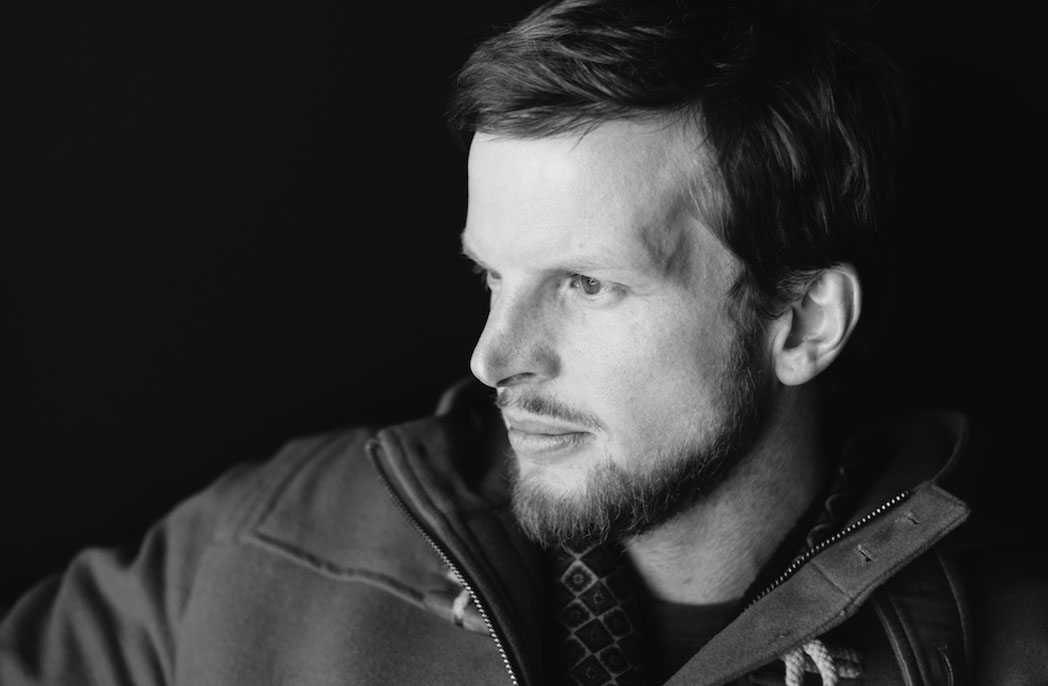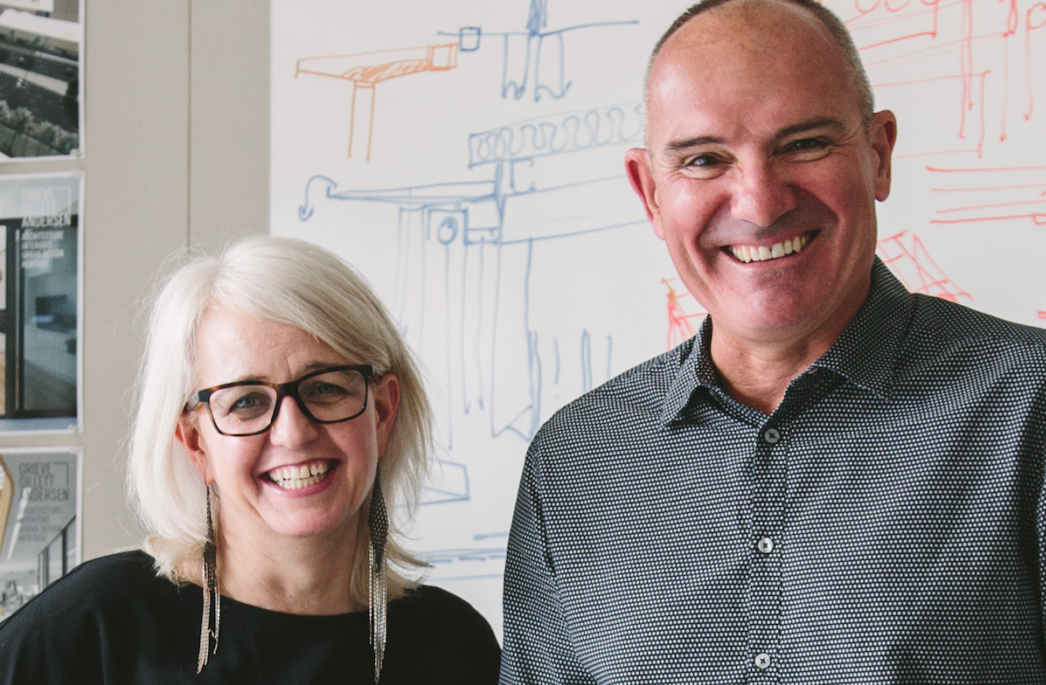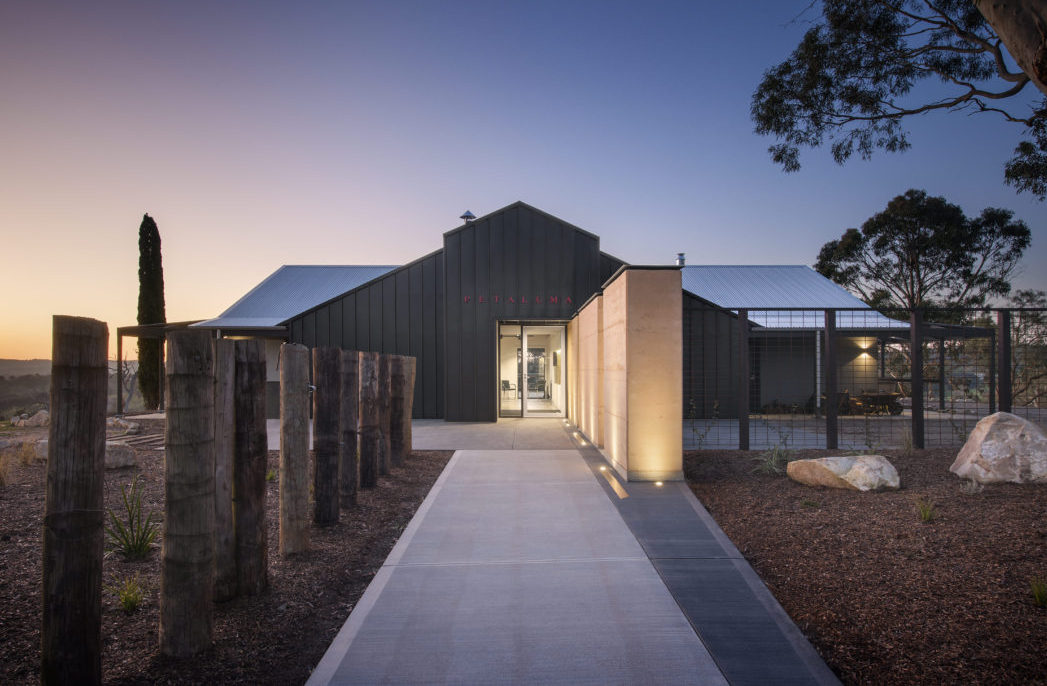
Vertical cemeteries: is the only way up?
Vertical cemeteries: is the only way up?
Share
Our urban environments are being stretched to the limit. Population growth is a complex issue, so too is the issue around life span and longevity. Our cities are struggling to keep up with this growth.
Since medieval times, overcrowded towns and cities have adopted the practice of burying their recent dead upon the bodies buried previously. Egypt’s Mountain of the Dead, a Roman era burial site and the more recent Amphitheatre of the Dead in Hong Kong are examples of ways in which the problem of dealing with death and limited space have been addressed.
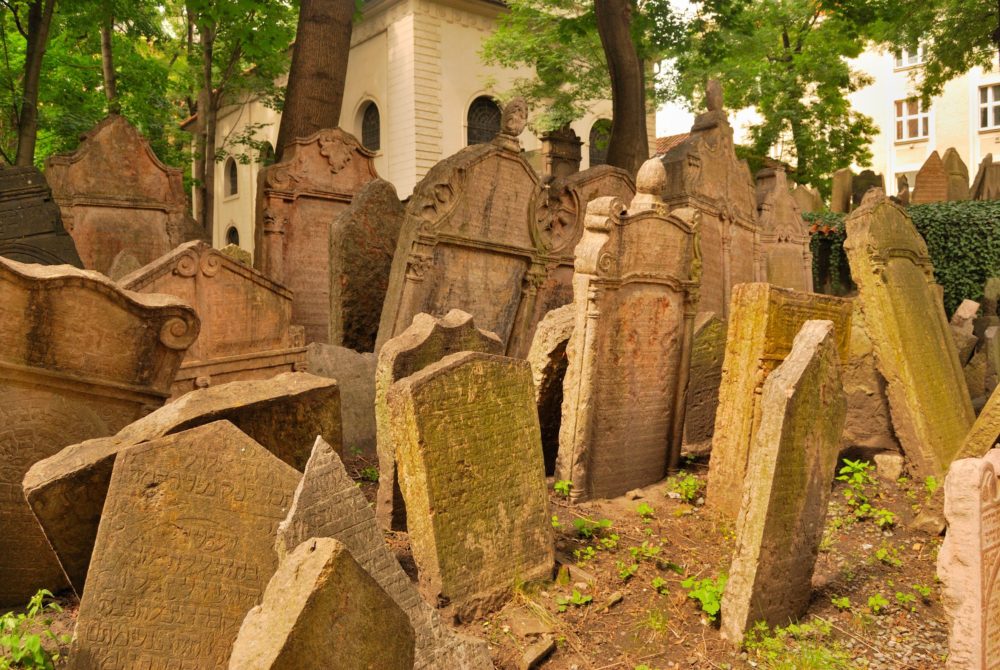
Old Jewish cemetery in Prague.
One of the most evocative cemeteries in the world is the medieval Jewish cemetery in Prague, a whimsical and mystical place where the headstones are tilted and mounds of earth created by the layers of the dead have created an almost Tolkein-esque wonderland.
But in the modern era, the practice of layering of the dead is not a practical solution to issues of public safety, space, land value and proximity.
A recent trend in new cemeteries has been to shift from the traditional and space hungry horizontal arrangement to a vertical orientation – a building form that coincides with and mirrors the built environment.
In 2016, architectural research initiative, Arch Out Loud established a competition that challenged designers to develop proposals for a vertical cemetery in the Shinjuku district of Tokyo. The concept/program was created to explore the relationship between life and death within this thriving, highly populated metropolis.
The winning concept also needed to demonstrate some innovation about the way a cemetery can be experienced, as well as creating a solution to the issue of space.
The winning entry from China entitled ‘Death Is Not The End. Being Forgotten Is’ was designed by Wei Li He, Wu Jing Ting Zeng, Zhi Ruo Ma and Kui Yu Gong.
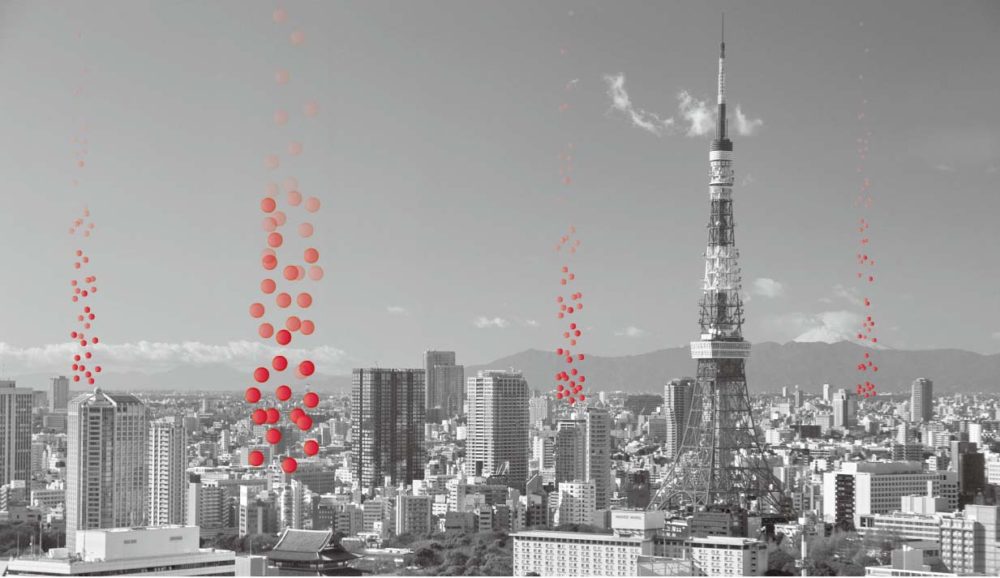
‘Death Is Not The End. Being Forgotten Is’ by Wei Li He, Wu Jing Ting Zeng, Zhi Ruo Ma and Kui Yu Gong.
This innovative concept uses balloons as a medium for coffin storage. These vertical floating balloons are designed to rise up and, as visitors slowly stop coming to commemorate the deceased, in time fly into the skies, a poetic reminder of the impermanence of life.
This ethereal concept of a tower of rising balloons would be a radical departure from the permanent nature of the ponderous, space hungry model of the traditional cemetery.
The global trend in high-rise cemeteries is on the increase. Currently, the world’s highest cemetery, resembling a skyscraper is a 32-storey high tower in Santos, Brazil and is one of the most visited and popular landmarks in Santos.
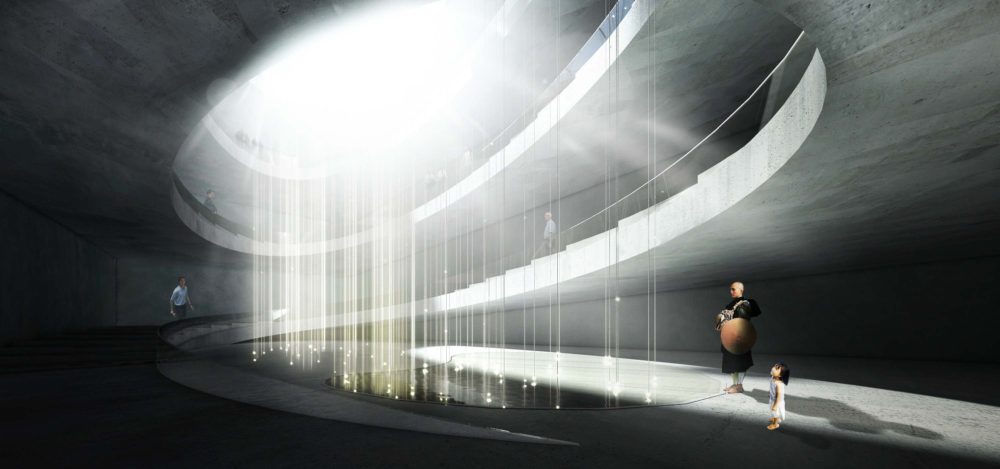
The base of ‘Death Is Not The End. Being Forgotten Is’ by Wei Li He, Wu Jing Ting Zeng, Zhi Ruo Ma and Kui Yu Gong.
These cemeteries are becoming popular in densely populated countries like Taiwan, India and Israel. There are also plans afoot for more whimsical structures in overcrowded cities like Paris, Mexico City and Mumbai.
Throughout history, we have had to negotiate and contemplate our mortality in both spiritual and practical ways. While different religious and spiritual traditions have a range of ideas about death and the afterlife, the practicalities about what happens to a body after someone dies, have, for the most part, remained unchanged. Arch Out Loud’s competition potentially heralds a new era of a more poetic architectural expression of death and burial in the context of the urban metropolis.
Written by Melissa Rymer.
Lead image: ‘Death Is Not The End. Being Forgotten Is’ by Wei Li He, Wu Jing Ting Zeng, Zhi Ruo Ma and Kui Yu Gong. Renders courtesy the architect.
This article originally appeared in AR150 – available online and digitally through Zinio.
—
Cemeteries aren’t the only things that are changing – read our interview with DKO on the future of churches, here.
You Might also Like
